Quantitative data: It might sound like a daunting phrase, something that belongs in the realm of statisticians, economists, or scientists. But as we delve deeper into this fascinating world, it’s clear that it’s not just for the experts. It’s the heart of sound decision-making in our daily lives, businesses, healthcare, and beyond. Whether you’re counting calories, assessing business performance, or examining public health concerns, you’re navigating the world of quantitative data.
- Diving into Quantitative Data Analysis Techniques
- Collecting Quantitative Data: How Do We Do It?
- Quantitative Data in Action: Real-World Examples
- Software to the Rescue: Tools for Quantitative Data Analysis
- Qualitative vs. Quantitative Data: What's the Difference?
- Conclusion
- Frequently Asked Questions
Diving into Quantitative Data Analysis Techniques
Let’s start by understanding what quantitative data is. Simply put, it’s data that can be measured or counted. It’s numerical, structured and lends itself to statistical manipulation.
Analyzing quantitative data involves multiple techniques, each providing unique insights and perspectives. Among the most common techniques are:
- Descriptive Statistics: This is the foundation of any quantitative data analysis. It provides us with a basic summary of our data, including measures such as mean, median, mode, range, and standard deviation. Essentially, it’s our first glimpse into what our data is trying to tell us.
- Inferential Statistics: From the basics, we move to more complex methods. Inferential statistics allow us to make predictions or generalizations about a larger population based on a smaller sample. It’s like looking through a keyhole and predicting what the entire room looks like.
- Correlational Analysis: Correlational analysis uncovers the relationships between variables. With this, we can explore whether two or more variables move together. Are they positively related (move in the same direction), or negatively related (move in opposite directions)?
- Regression Analysis: This takes correlational analysis a step further and predicts the relationship between a dependent variable and one or more independent variables. It’s a bit like forecasting the weather, based on patterns observed in the past.
- T-Tests and ANOVA: These are used to compare means and assess differences between two or more groups. It’s the equivalent of determining if there’s a significant difference in test scores between two different teaching methods.
However, it’s crucial to strike a balance when using these techniques. Relying too heavily on one approach might lead to an incomplete or skewed understanding of your data.
Collecting Quantitative Data: How Do We Do It?
Now that we’ve got the analysis part covered, let’s look at how we collect this numerical information. There are several methods for collecting quantitative data:
- Surveys: Who hasn’t filled out a survey at least once? They’re a popular way to gather large amounts of data quickly and relatively cheaply. However, they might suffer from response bias if respondents aren’t truthful or if the questions are leading.
- Observations: Observational studies involve collecting data by watching behaviors or phenomena in their natural settings. This method offers authentic data but can be time-consuming and subject to observer bias.
- Secondary Data Analysis: We use existing data sources, like government databases or research studies. It’s cost-effective, but the data might not perfectly suit your research question.
- Experiments: Controlled experiments are a robust way of establishing cause-and-effect relationships. However, they might not reflect real-world conditions accurately.
Choosing the best method largely depends on your research question and resources.
Quantitative Data in Action: Real-World Examples
Let’s ground this in reality with some examples. Suppose you’re a public health researcher studying the correlation between sugar consumption and obesity rates. The quantitative data you’d look at could include your participants’ average daily sugar intake (measured in grams) and the Body Mass Index (BMI).
In the field of education, a researcher might analyze quantitative data like test scores or graduation rates to determine the effectiveness of a new teaching method.
Software to the Rescue: Tools for Quantitative Data Analysis
In our digital era, numerous software tools can help analyze quantitative data. These range from Excel, a staple in nearly every workplace, to more specialized software like SPSS, R, Python, and Stata. The choice depends on your specific needs, the complexity of the analysis, and of course, your budget.
Qualitative vs. Quantitative Data: What’s the Difference?
Quantitative data, with its numerical nature and potential for statistical analysis, stands in contrast to qualitative data. Qualitative data is non-numerical and typically consists of text, images, or objects. It’s like the color commentary to the black-and-white world of quantitative data.
Examples of qualitative data could include interview transcripts where people discuss their experiences with a new product, or photographs from a cultural study. It gives us insight into human behaviors, perceptions, and experiences that quantitative data might miss.
While quantitative data excels in providing hard facts and statistical comparisons, qualitative data explores the why and how behind these facts. It’s important to remember that neither type of data is inherently better. The best approach depends on your research question, resources, and the nature of the study. Often, researchers use a mixed-methods approach, combining both types of data to provide a more holistic understanding.
Conclusion
In conclusion, harnessing the power of quantitative data is no small task. It’s an intricate dance involving quality data, suitable collection methods, accurate analysis techniques, and user-friendly software. Despite its challenges, the insights derived from quantitative data are invaluable, providing objective, evidence-based information for decision-making in all spheres of life. Understanding and handling quantitative data becomes increasingly essential as we continue to navigate our data-driven world. So, why not start your quantitative data journey today?
Frequently Asked Questions
What is an example of quantitative data?
Quantitative data involves information that can be measured or counted. An example would be the number of employees in a company, or the weight of individuals in a health study. This type of data can be categorized as either discrete or continuous. Discrete data represents items that can be counted; a good example would be the number of cars in a parking lot. Continuous data, on the other hand, represents measurements; for example, the time it takes to run a mile or the weight of a package.
What is quantitative vs qualitative data?
Quantitative and qualitative data represent two different types of information. Quantitative data can be measured or counted, often involving numbers and statistical analysis. This data type is objective and typically used for numerical insights and statistical outcomes.
On the other hand, qualitative data is non-numerical and explores qualities or characteristics. This data type is often subjective and used to understand concepts, thoughts, and experiences. It provides depth and detail through text, images, or objects.
What are some examples of qualitative data?
Qualitative data includes any non-numerical data that captures descriptive information. This might involve observations, interviews, or content analysis of texts. Examples of qualitative data could include an individual’s feelings toward a new product, the colors in a painting, or the themes in a focus group discussion about exercise. This type of data provides rich, detailed information that helps to provide insights into complex issues.
What is qualitative data?
Qualitative data is non-numerical data that describes qualities or characteristics. It is often collected through methods like interviews, observations, and document review. This type of data provides insights into how people think and feel about a certain topic and can give researchers a deep understanding of a particular subject matter. For instance, qualitative data might provide insights into why a certain demographic prefers one product over another or what barriers people face when accessing a specific service.







Leave a Reply